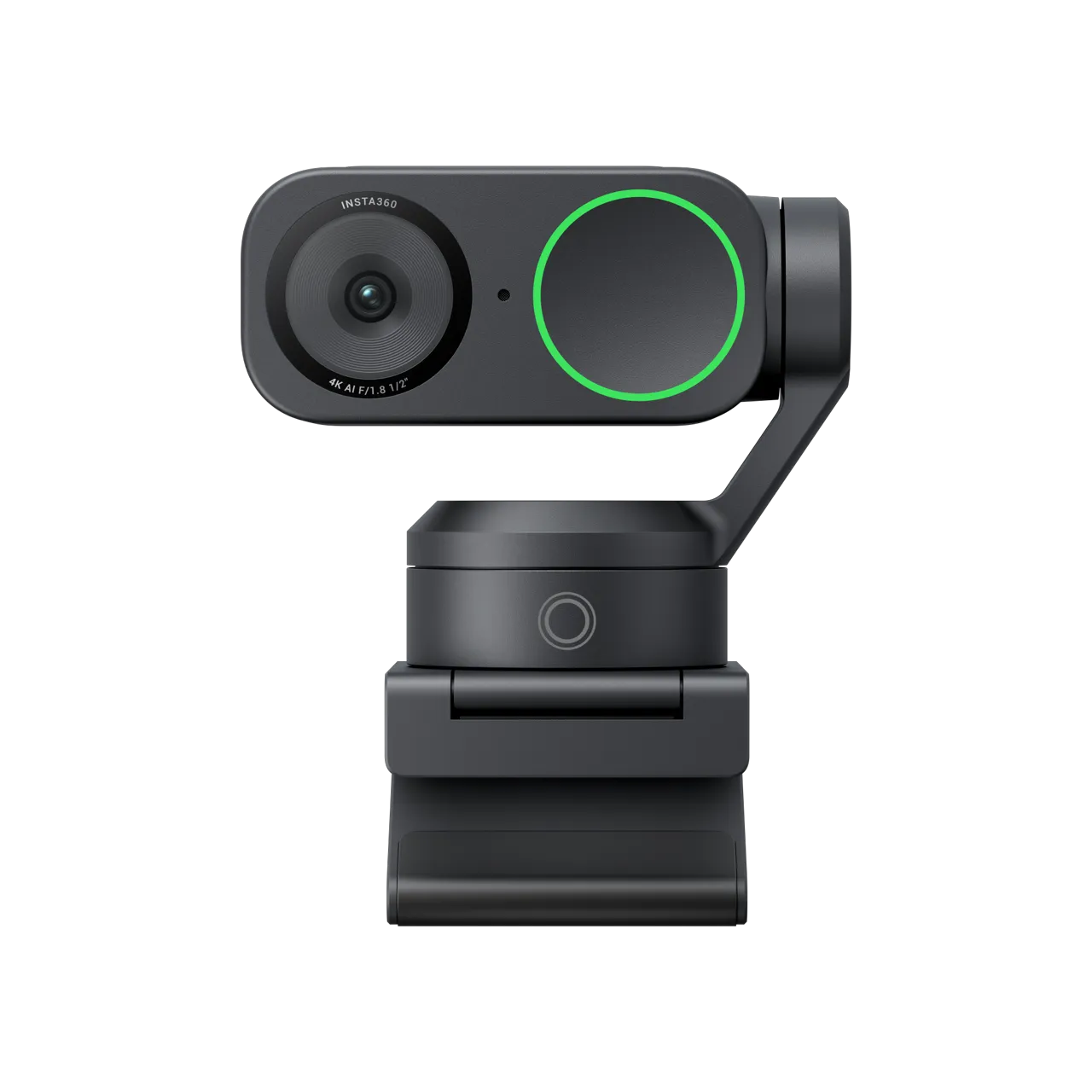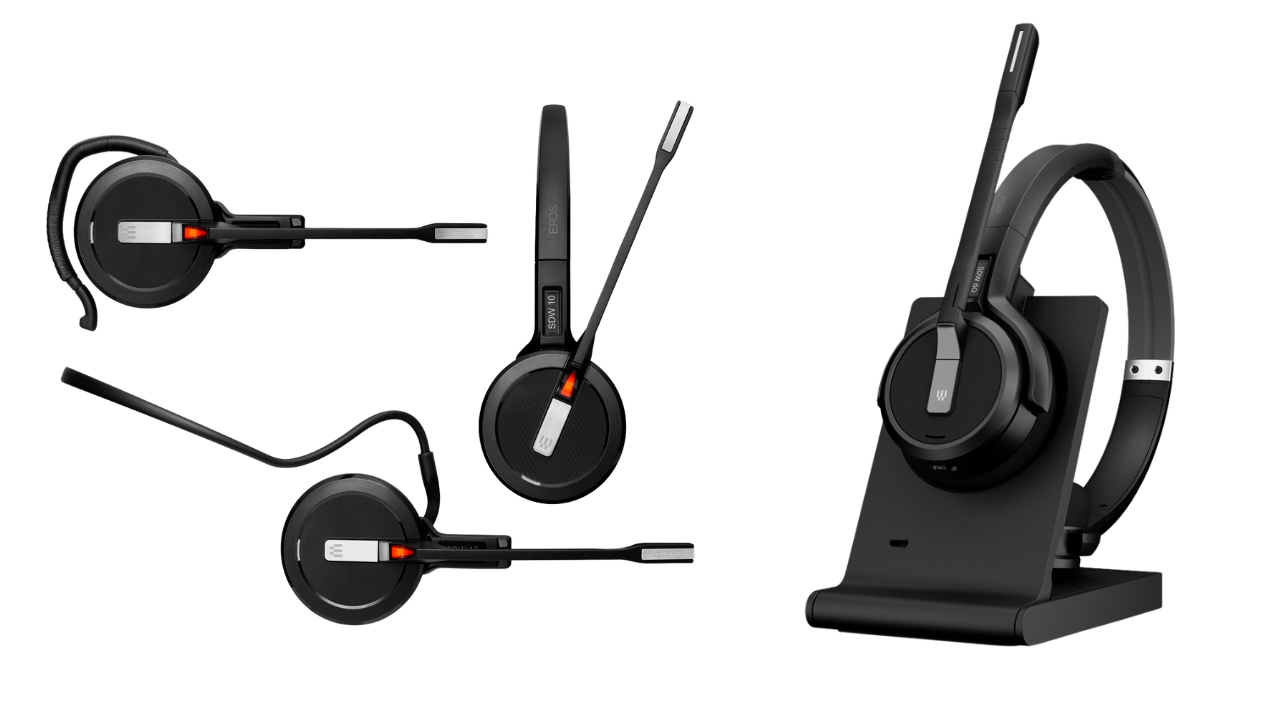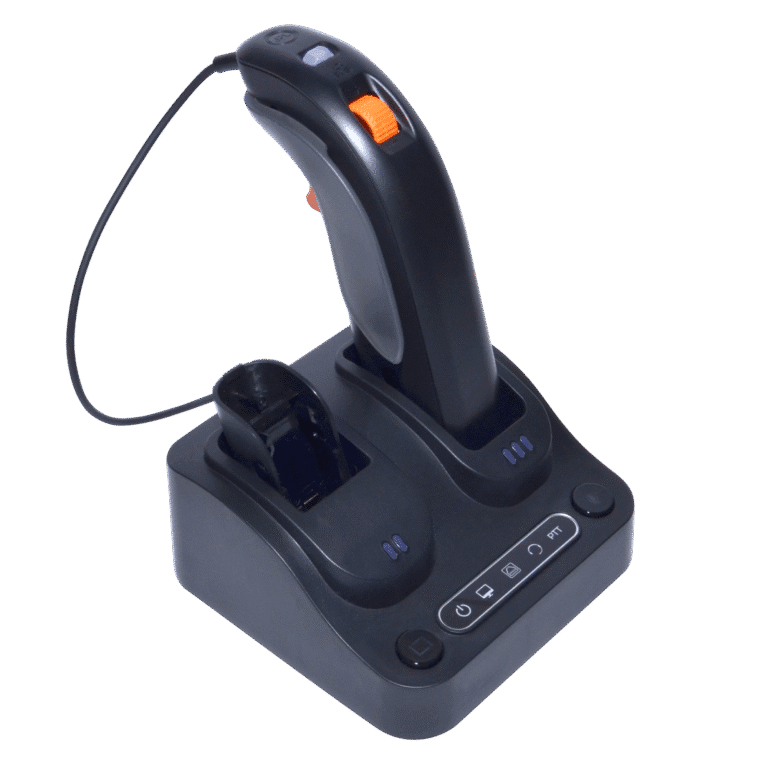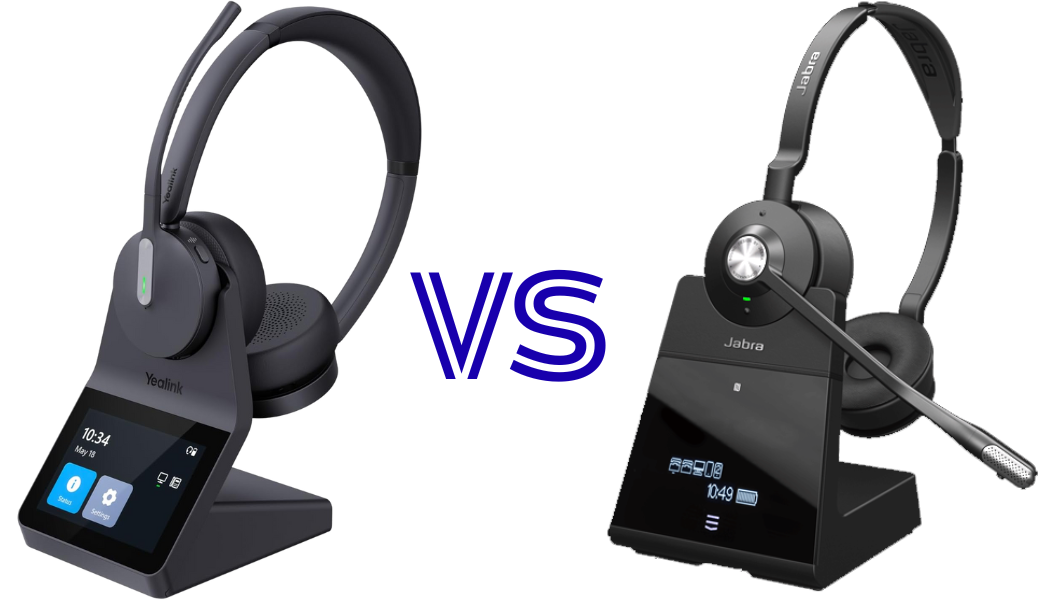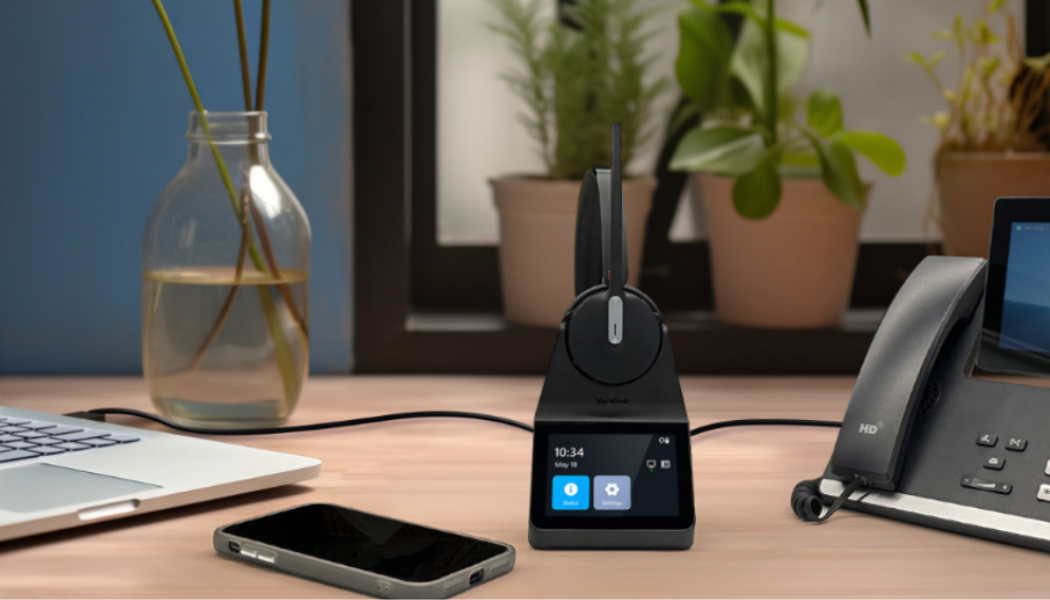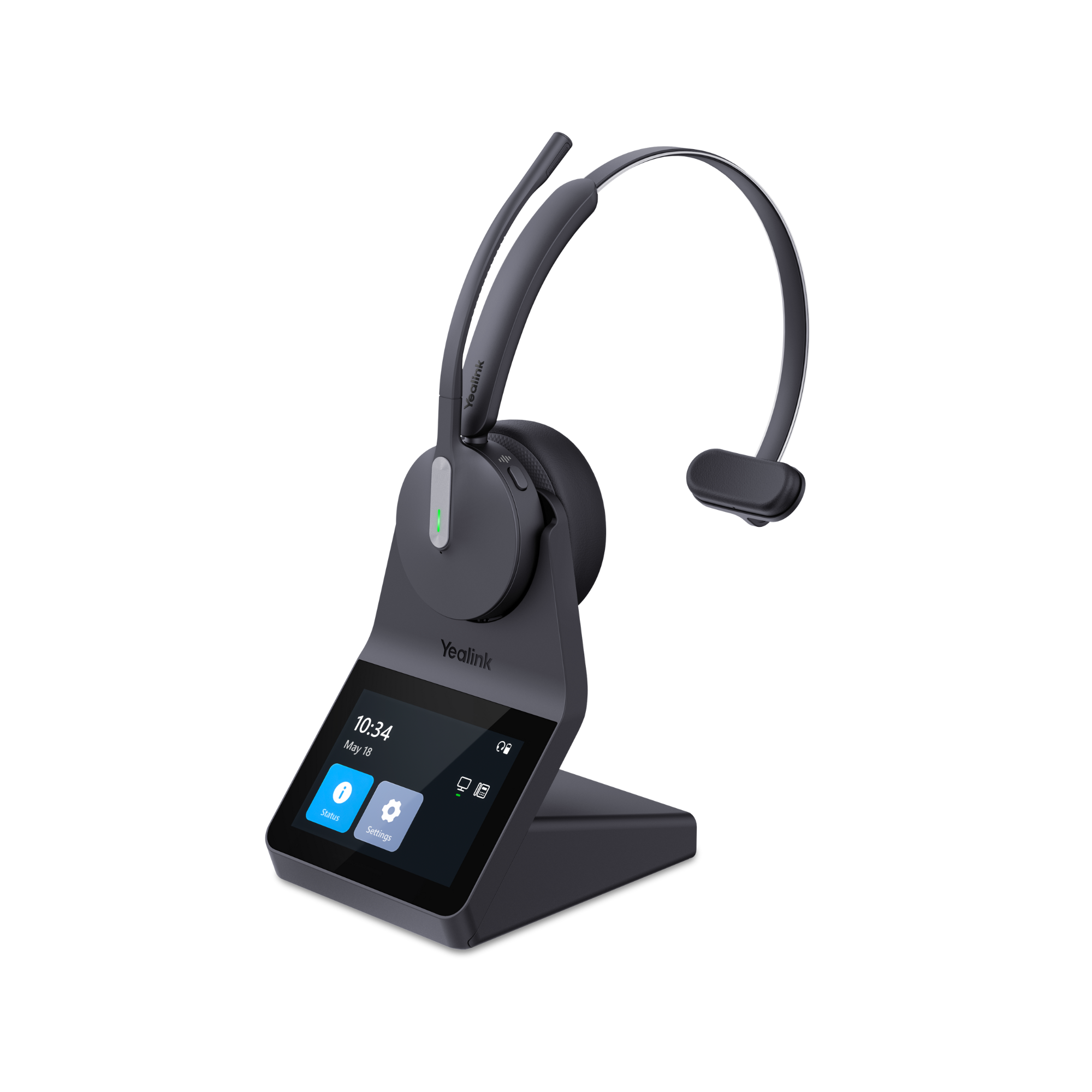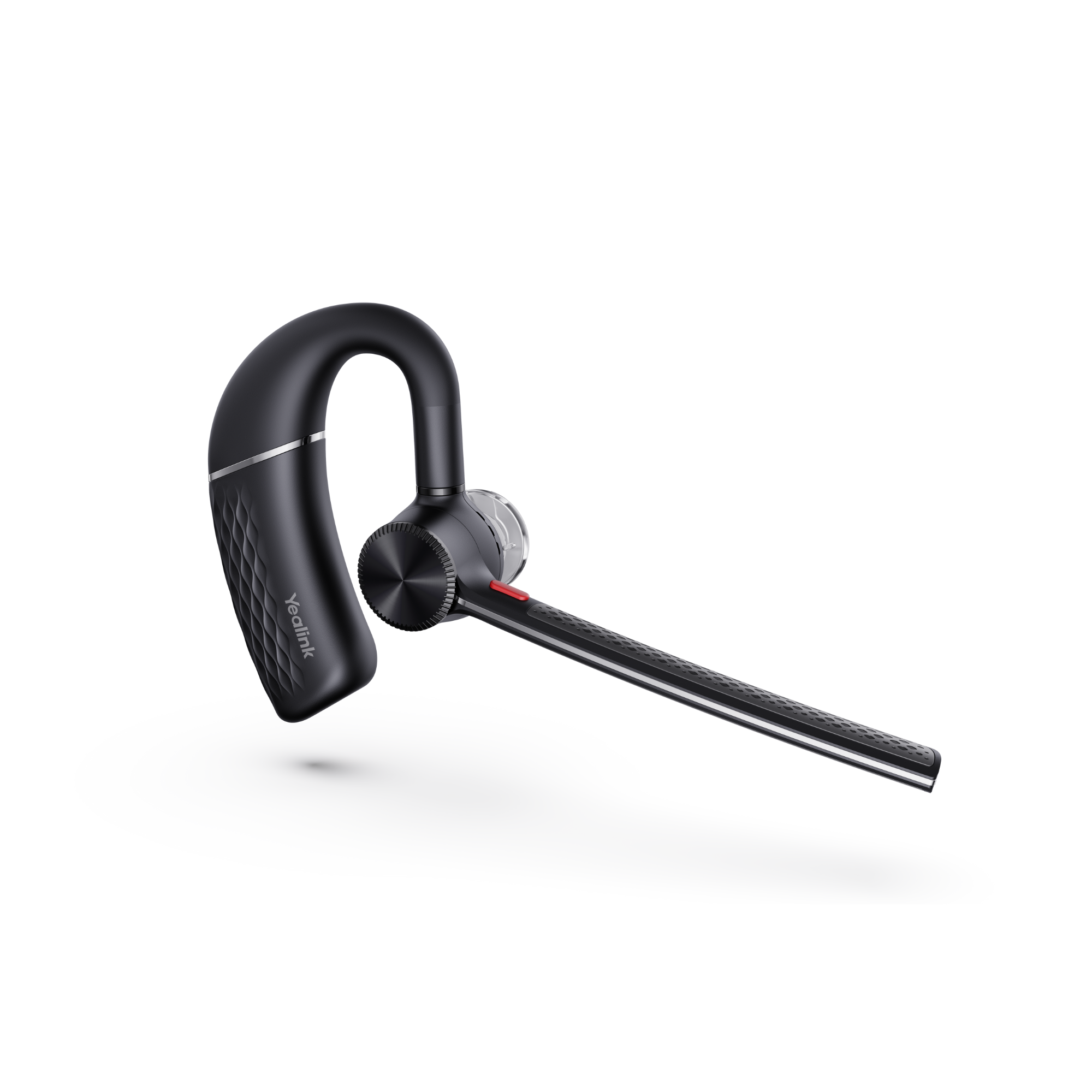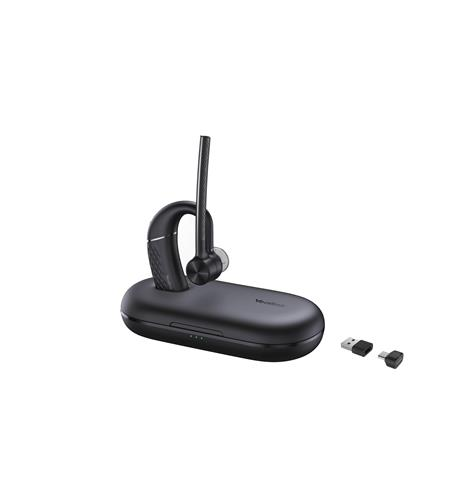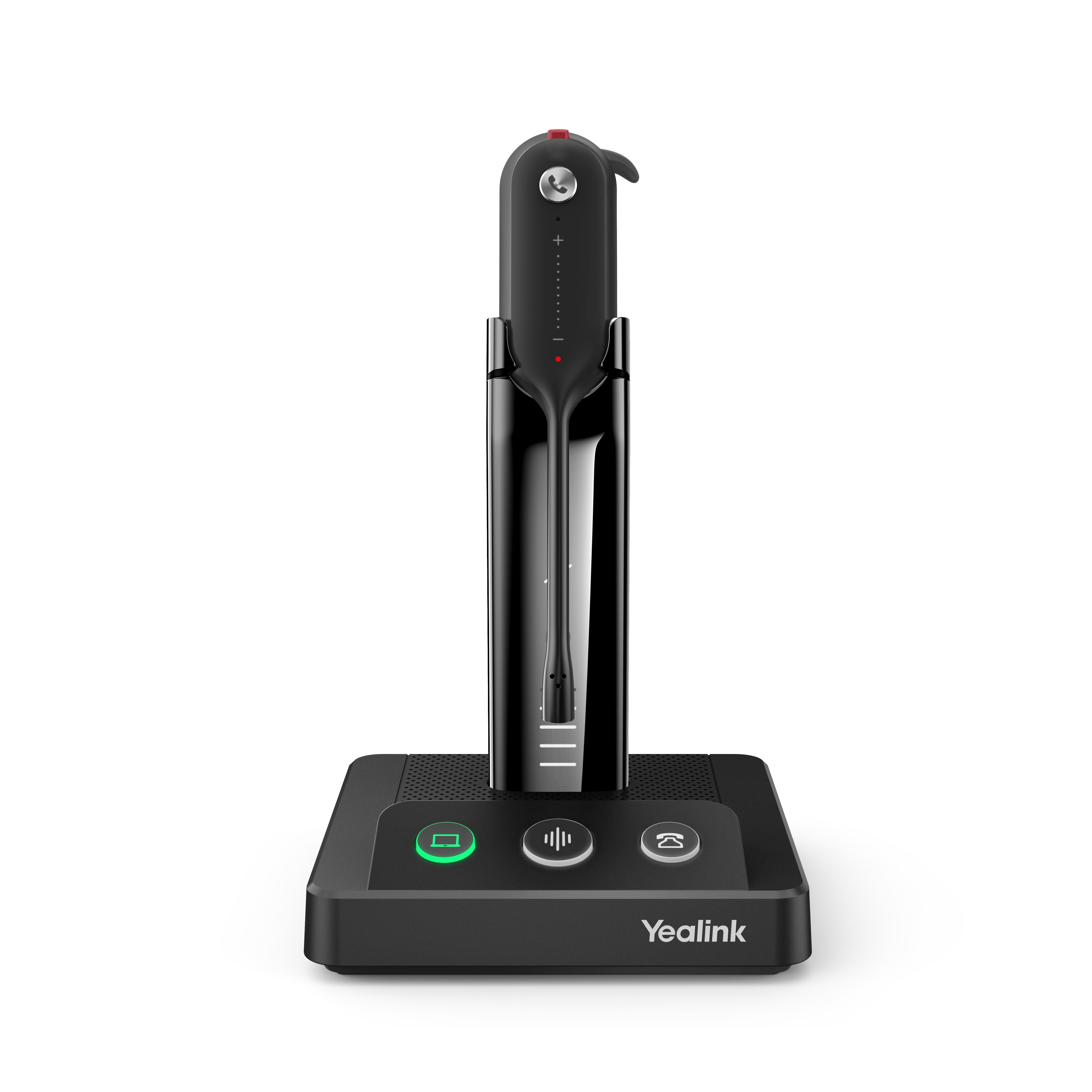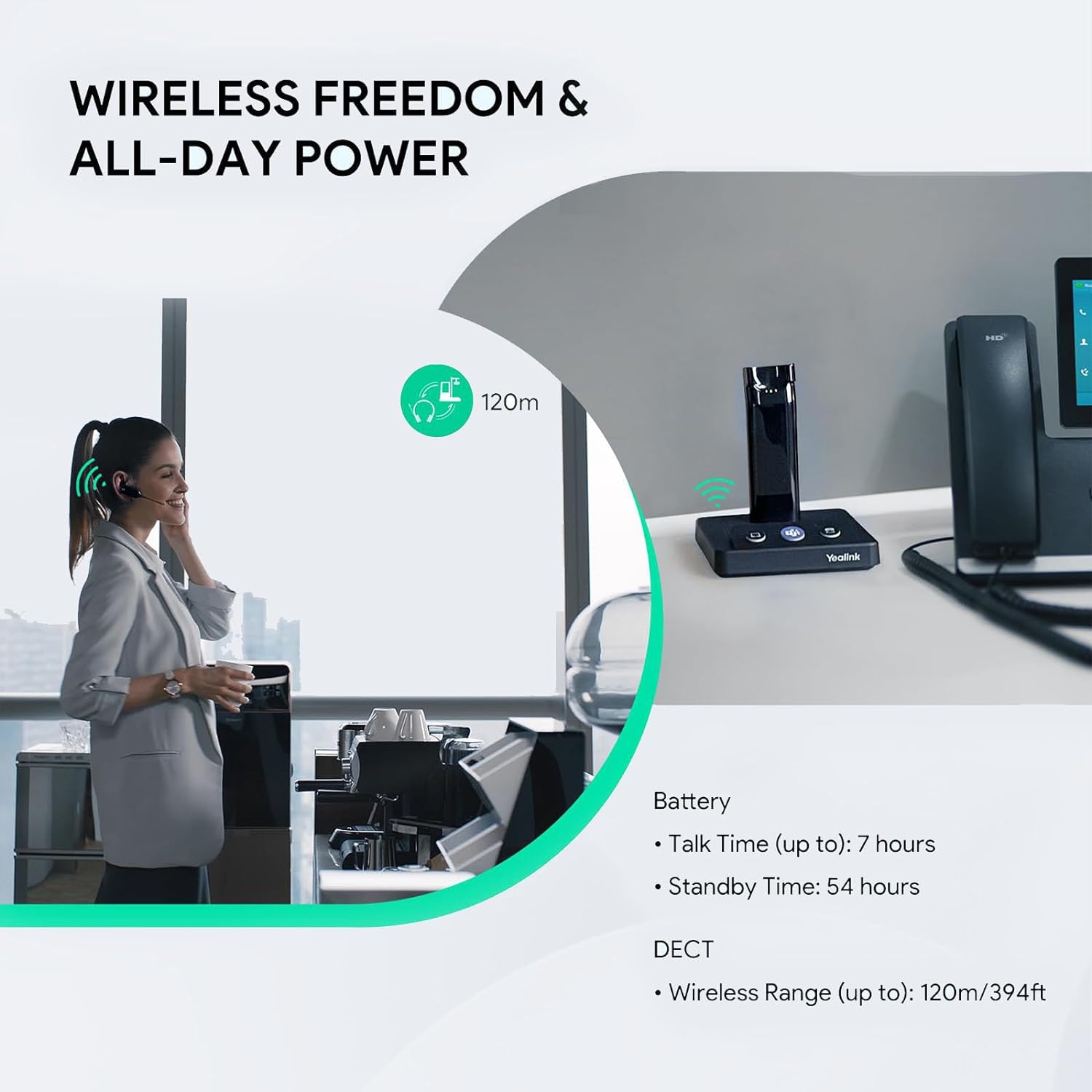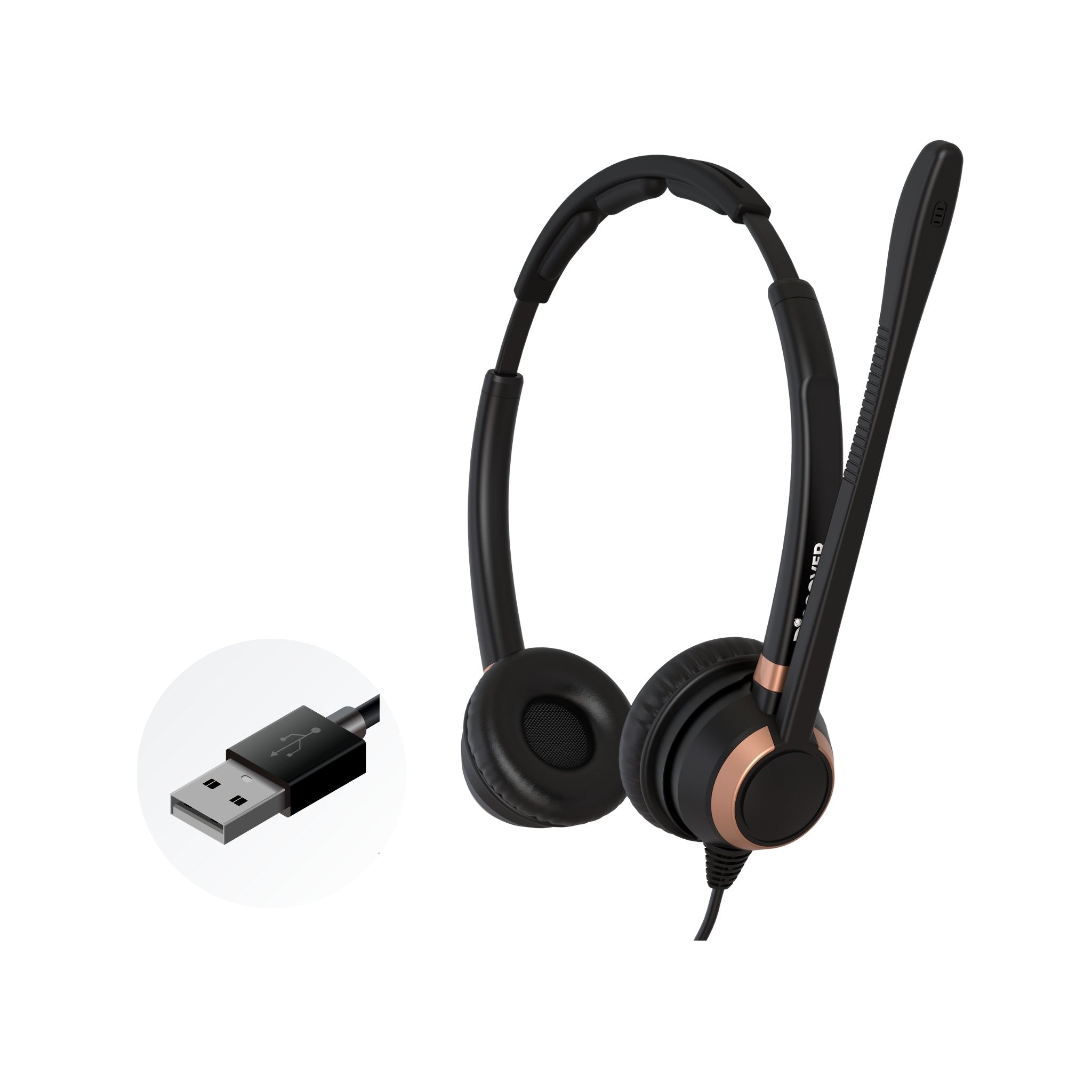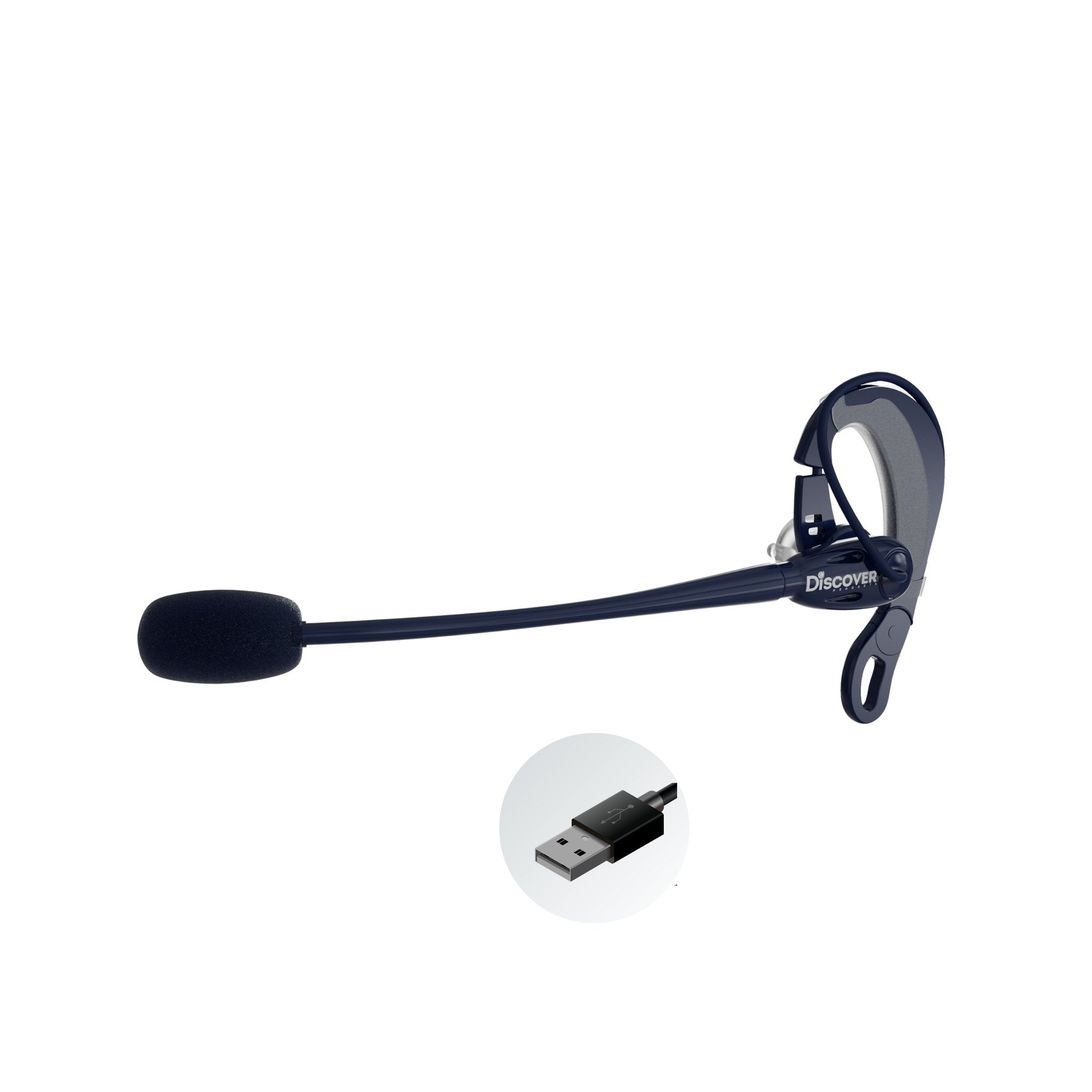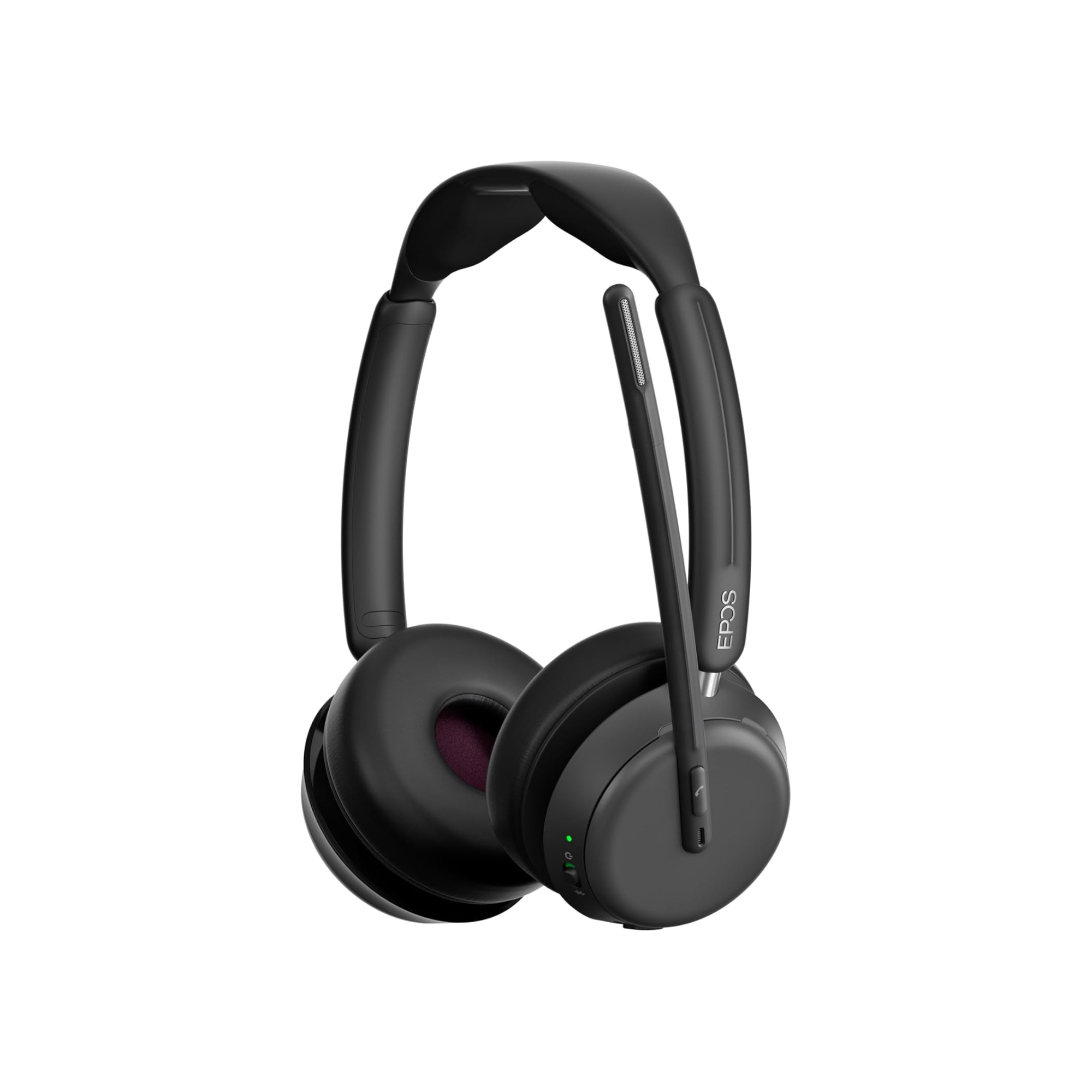If you have a budget for a new office headset that’s around $200.00, and you can’t decide whether to buy a wired headset or a wireless model, this blog may help narrow things down for you.
In this blog, I’m going to compare the top of the line Poly (formerly Plantronics) Blackwire 8225 wired USB headset to the Poly wireless 4220 model.
In this blog, I’ll go over the specifications of both models, as well as talk about the results of some microphone and speaker tests I did. However, if you’d like to see the products and hear them for yourself, make sure to check out the video I did on this.
I’ll insert it immediately below for convenience. By the way, in the video, I mention a coupon code that can be redeemed for a discount on either of these Plantronics headsets.
Still with me? If so, let’s dive into these two headsets and see what they’re all about , and how they compare.
Both models are worn over the head, and cover both ears, which is referred to as a binaural headset design. A lot of people just call it a duo headset.
The Poly Blackwire 8225 connects via a USB A connector, though it is available in a USB C variant.
The Poly Voyager 4220 is a Bluetooth wireless headset that comes with a USB dongle. Connecting to a computer via a USB dongle rather than via Bluetooth is a good idea. You’ll get longer wireless range in most cases, and you’ll also get better sound quality.
Connectivity
The Poly Blackwire 8225 is designed to be connected to a computer. As noted earlier, this is via the USB A (or C) connector.
The Poly Voyager 4220 is designed to connect to computers and mobile devices. Via Bluetooth and USB connections.
From this perspective, the 4220 has a slight advantage as it can connect to more devices compared to the Blackwire 8225 which is more limited.
Talk Time
The Blackwire 8225 being a wired headset offers unlimited talk time with no batteries to recharge or go bad. Though you have a wire to contend with, you do have peace of mind knowing that there are no batteries to be concerned with.
The Poly Voyager 4220 comes with a battery capable of providing up to 12 hours of talk time. To recharge the battery, it takes about 1.5 hours, which by wireless headset standards is a pretty fast recharge time. Many wireless headsets have batteries that require a recharge time of 3 hours.
Active Noise Cancellation
First off, what is Active Noise Cancellation (ANC)? This is a feature found on wireless headsets that electronically help to reduce unwanted room noise. Unlike a noise cancelling microphone, ANC is designed to give the headset wearer a quieter experience.
The Voyager 4220 doesn’t have this feature. Instead, it relies on passive noise cancellation to help reduce unwanted room noise. Simply stated, passive noise cancellation is the use of materials, preferably hard surface materials, in order to provide a barrier between the ear and outside noise that would otherwise penetrate it.
Examples of this include hard plastic speaker housings, oversize ear cushions and leather ear cushions.
The Poly Blackwire 8225, by contrast, does come with this ANC feature. There’s a button that’s found on the inline control box that activates or deactivates this feature.
Given a choice of having ANC or not, you’d want to choose it if the headset is in your price range. In this case, you’d be choosing between a wired model (8225 with ANC), and a wireless model (Voyager 4220), that doesn’t. Sounds like there’s a trade off in the making here.
Microphone
The Poly Blackwire 8225 uses two noise cancelling microphones and Acoustic Fence microphone technology. This is designed to help provide a clear voice, but also it’s designed to help eliminate unwanted background noise so your callers hear more of what you’re saying, and less of what others might be saying in the background.
In my video, I put this microphone to the test to see how it performs when faced with office sounds, coffee shop sounds, and the dreaded blender test. If you’re curious how well it did, make sure to check out the video.
The Poly Voyager 4220 uses two noise cancelling microphones; one is unidirectional and the other is MEMS-directional. One feature of a MEMS microphone is the manufacturer can point it in the direction they like.
As with the Blackwire 8225, I ran the Voyager 4220 through the same sound tests. Below are my perceptions of how they both did.
Test #1 - office sounds
I heard none of the office sounds when using the Blackwire 8225. The microphone picked up my voice fine, and there was no indication of any noise going on in the background.
On the Poly Voyager 4220, I did hear a small amount of background noise. Not that my voice was hard to hear, just I heard sound in the distance and periodically.
Test #1 advantage clearly goes to the Blackwire 8225 with Acoustic Fence noise cancelling technology.
Test #2 - Sounds from a busy coffee shop
The Voyager 4220 was simply awful. Hopefully this wasn’t as a result of something I had misadjusted. My voice volume went down noticeably, and the overall sound was nothing short of dreadful.
The Poly Blackwire 8225, removed virtually all of that background sound. I heard my voice loud and clear and heard nothing else going on around me. Impressive.
Test #2 advantage enthusiastically goes to the Blackwire 8225.
Test #3 - The dreaded blender test (blender on high just behind me - very noisy) The results of this one surprised me a bit.
The Poly Blackwire 8225 allowed some of that blender sound to penetrate the call. I heard my voice fine, but I could also hear the blender in the background a little bit. In other words, it didn’t cancel out that sound entirely.
The Poly Voyager 4220, to me, eliminated all of it. I heard my voice fine, and I heard none of the blender sound in the background. Based on how test #2 went, I was honestly expecting another repeat disaster. Didn’t happen.
Yes, none of us would be blending up a pitcher of Margaritas while on important business calls. Yet, the loudness of the blender is a good test, in general, to see how well a headset microphone does to remove that noise.
Test #3 advantage surprisingly goes to the Poly Voyager 4220.
If you watch, or watched the video I did, you’ll see what I mean here. If you felt the same, I’m assuming it came to you as a surprise as well, especially how well the 8225 was doing prior to this test.
Ear speakers
The Blackwire 8225, based on a decibel test, proved to have a louder speaker compared to the Voyager 4220. When it comes to sound, louder isn’t always better, and all of us have our own personal preferences as to the sound we like. Some might prefer a more bass tone, while others might prefer a sound that hoovers in the mid to upper ranges. In any case, you should hear them both for yourself, and then you can decide which one came out on top.
Headband
The Blackwire 8225 headband is padded, which is a good thing to have on a headband considering it will be worn over your head for hours at a time. The more comfort features, the better.
The headband on the Blackwire 8225 was also narrower when compared to the Voyager 4220. Though both have a cushion, the Voyager headband was noticeably wider. In general, the smaller the better because a smaller headband helps keep the weight down, and weight, with a headset, is always a consideration.
Weight
Speaking of weight, how much do both of these headsets weigh?
Blackwire 8225 - 6.5 ounces
Voyager 4220 - 5.3 ounces
To hold both of these headsets in your hand, you’d think that the Voyager 4220 was the heavier of the two. It doesn’t always work that way, and this is one of those cases.
Still, there’s not enough of a weight difference to really tell when wearing them. My thought is both would be comfortable if worn for long periods of time.
Warranty
Blackwire 8225 - 2 years
Voyager 4220 - 2 years
Price (MSRP)
Blackwire 8225 - $209.95
Voyager 4220 - $181.00
This is a bit surprising. That is, the 4220, which is a wireless headset, actually costs less than a wired model.
Final thoughts
There could be an argument made for either of these headsets.
The Blackwire could be attractive to someone because you don’t have to worry about recharging a battery and ultimately replacing it. And, you might find the Active Noise Cancellation feature useful too.
On the other hand, the Voyager 4220 could be a solid choice for someone who’s looking for a wireless computer headset but they don’t want to pay a lot for it.
For me personally, I’d opt for the Voyager 4220 simply because it’s wireless. In doing so, I’d have to give up a little bit of sound quality when compared to the Blackwire 8225, but for me, it’s well worth it.
You might have a different preference because headset decision making can be based on many different factors such as comfort, sound quality, warranty, features, wireless range and more.
In the end, it comes down to your personal preferences as well as your needs. On the subject of needs, don’t overlook what your needs might be in the near future.
The last thing you want to be doing is replacing the headset you’re now looking for sooner than you expected.
Have headset questions, or need some help?
If you have questions about headsets, and you’re not sure where to turn to get answers, look no further than to Headset Advisor. We’ve been consulting with customers since 1994, and we can be a great resource for you.
Call us, email us, text us or chat live with us. We’re here to help you find the perfect headset that’s comfortable, sounds great, compatible with your system and within your budget. We even have a trade-in program for old headsets, and we offer a monthly headset rental plan too.




